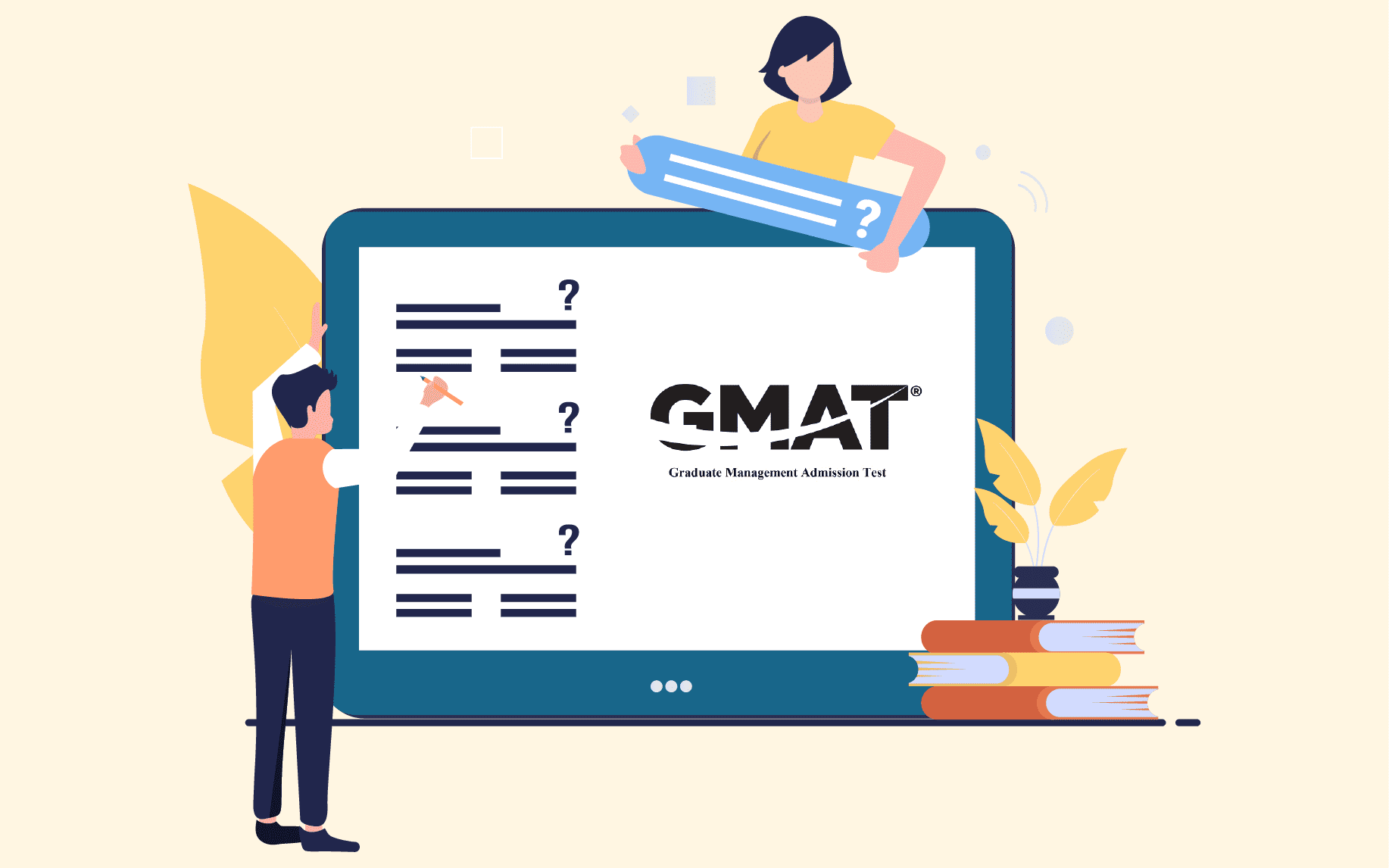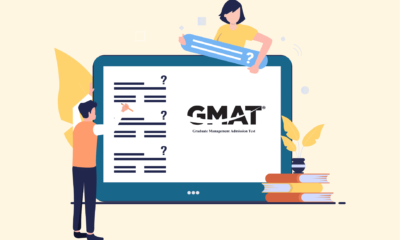Career Tips
How To Study For GMAT Math In 2023 – GMAT Quants Preparation

The quantitative aptitude component of the GMAT tests your ability to reason through data and draw conclusions. The mathematical knowledge needed to understand and answer GMAT section questions is similar to that required in secondary school math programs.
When it comes to “how to study for GMAT math”, test manufacturers will try whatever to put you off your game, even though the GMAT Quantitative principles are not difficult. You have 62 minutes to answer 31 multiple-choice Quantitative Problem Solving and Data Sufficiency questions. This article covers all GMAT quant preparation basics to help you.
What is the Importance of GMAT Quantitative Section?
MBAs are quantitatively intensive. Finance, economics, and marketing require algebra, calculus, and statistics. Business schools use case studies, which appear straightforward and wordy but are full of quantitative manipulation. These electives emphasize quantitative reasoning in the second part.
The fast-paced MBA abroad leaves little time for math, so if you’re not familiar, you may struggle. Business schools employ GMAT Quants math proficiency tests to protect against pupils who struggle in class.
How to Prepare for GMAT Quants?
You need to be able to apply mathematical principles to questions of reasoning in the following areas if you wish to do well on the GMAT Quantitative Reasoning test. These areas include:
- Arithmetic: integers, fractions, powers and roots, statistics, probability etc
- Algebra: variables, functions, and solving different types of equations.
- Geometry – quadrilaterals, triangles, circles, solids, cylinders, and coordinate geometry
- Blending math, algebra, and geometry to solve word problems
When considering how to study for GMAT quantitative, two parts make up the quantitative portion of the exam- Data Sufficiency and Problem Solving. Both the “Data Sufficiency” segment of the test and the “Problem Solving” component will consist of 18 questions each. The questions will be presented in a manner consisting of multiple choice answers.
1. Problem Solving Question Strategies
Problem-solving questions test your logic and analytical reasoning to solve quantitative problems. Choose the best answer from the five options.
- Pace yourself. Check the on-screen timer. Work diligently, but don’t waste time checking solutions or pondering complex problems. Complete the section
- Work out answers on the erasable note board provided by the exam centre. Writing out your problems can help you prevent mistakes.
- Read each question carefully to determine the data and questions. Take word problems step-by-step. Read each sentence carefully and convert the data into equations.
- Before answering, skim the answer alternatives for questions requiring estimates. If you don’t know how close the approximation should be, you may waste time on long computations when a quick mental process would be faster.
- Don’t waste time on hard or time-consuming problems. Eliminate the erroneous answers, choose the best one, and go on to the next question.
2. Data Sufficiency Question Strategies
Data sufficiency questions test your ability to assess a quantitative problem, identify relevant data, and determine when there’s enough data to solve it.
Determine if the problem allows one or several values. You’re merely checking for enough data. Avoid making unwarranted geometric assumptions. Figures aren’t drawn to scale.
Tips for GMAT Quants preparation
When reviewing for the GMAT quantitative section, keep the following general suggestions in mind. They will assist you in developing your speed, accuracy, and confidence when it comes to completing data sufficiency and problem-solving questions.
1. Review math basics
The GMAT examines arithmetic, algebra, and geometry. All major GMAT prep books should have a review section. Please read this section again. Make flashcards for difficult concepts. Use flashcards on the bus, in line, or whenever you have a few minutes to spare.
2. Take the Quantitative section of a practice GMAT test
To get a feel of where you stand and how much work you still have ahead of you, take a practice test. Pay close attention to the timing of the real exam. You shouldn’t be concerned about the score just yet; the rest of the approach will take care of that.
- Analyse your practice test
Examine your practice test carefully. Study the explanations of the questions you got wrong. Create flashcards for the questions’ concepts. and a spreadsheet with the erroneous questions, themes, and subtopics.
4. Identify your area of greatest weakness and tackle it
Work on as many questions as possible related to the topics you’re having difficulty with. Use your spreadsheet to go back and answer previous incorrectly answered questions and try them again.
5. Continue to take more GMAT practice tests and analyse them
To do well on the GMAT’s quantitative section, you must be well-versed in math issues, but taking practice examinations is equally crucial. This test largely focuses on familiarity with the types of questions and avoiding common errors. Continue to practice and plan to take at least six practice tests before the exam, one every week.
Do’s and Don’ts For GMAT Quantitative Preparation
Knowing what you should do and should avoid doing during GMAT Quantitative prep can help significantly streamline the process. Bear in mind the following do’s and don’ts for GMAT math prep.
1. Don’t underestimate GMAT AND its test takers:
Like others, you misunderstand GMAT quants preparation. Competent GMAT takers are frequently educated. With overachieving test-takers worldwide, the GMAT is competitive. Ranking GMAT test-takers by percentile. Scores are based on peer comparison.
The average MBA applicant prepares for a year, according to GMAC. If you don’t plan, you may have to cram for the GMAT. Leave ample time to get your highest GMAT score, even if it means retaking it, because first and second application rounds have the best admission and scholarship odds.
2. Don’t study for the GMAT, practice for it
GMAT measures skills, not knowledge. Spend less time memorising ideas and more time practising questions. You’ll learn most from genuine GMAT questions. The GMAT tests more than intelligence. Practice builds cognitive skills. Your daily performance improves over time.
3. Use appropriate materials intelligently
Official GMAT questions are exact. Knowing GMAT traps helps. Use the MBA website’s two free tests strategically. Take one of these quizzes before your GMAT to assess your readiness. Don’t waste these tests before gmat quants prep. The official guide’s diagnostic test may help you begin. Examine each question. Learning involves mistakes. Avoid repeating mistakes by understanding them. Note incorrect questions for subsequent review.












